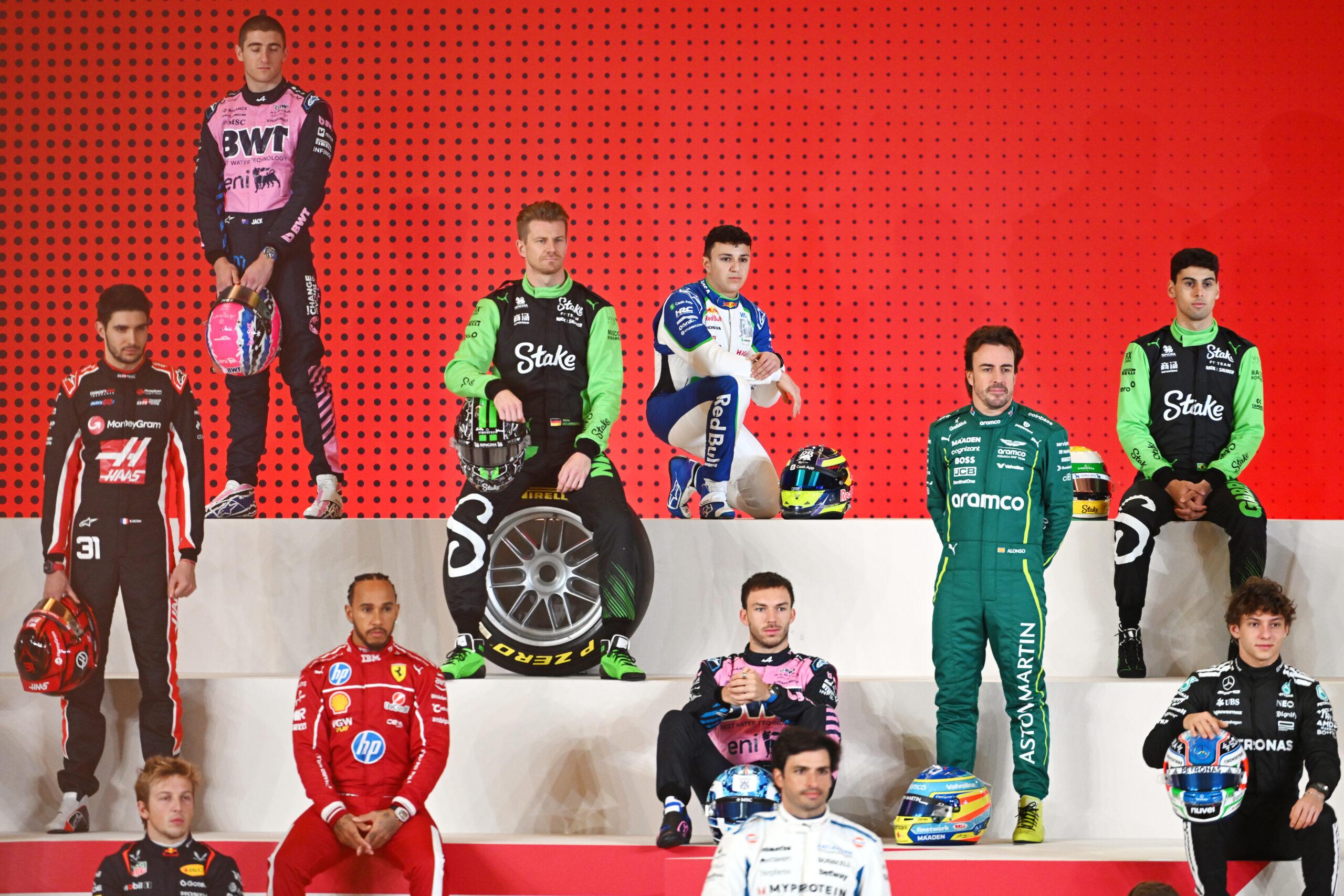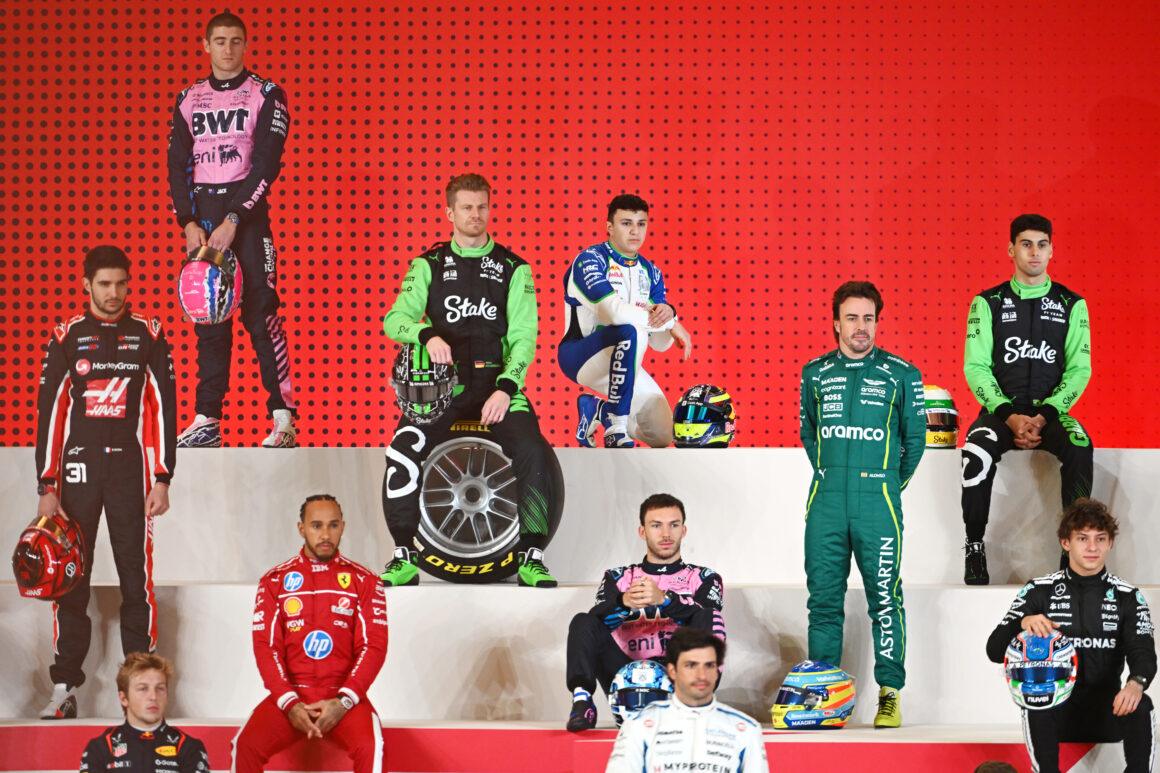Grip wins races. Without it, your Formula 1 rocket ship is just an expensive drift car. That’s why teams obsess over tire temperature like it’s the stock market. Warm tires bite. Cold tires slide. Too hot? They melt. The sweet spot is narrow, brutal, and absolutely decisive.
So yes, tire warmers aren’t just cozy blankets. They’re weapons. They set the tone for the launch, the first corner, and the entire opening stint. Get them right, and your rival becomes an expensive spectator. Get them wrong, and you’re collecting disappointments like they’re Pokemon cards.
Why F1 Tires Are Heated
Tires work best at specific temperatures. Too cold and the rubber is glassy with minimal grip. Too hot and the rubber overheats, blisters, and falls apart. A properly heated tire sticks to the asphalt, delivers traction under braking and acceleration, and makes cornering look easy.
Drivers launch from zero to triple digits in seconds. On cold tires, that’s a slip-and-slide. On warm tires? Lights out and away we… oh wait, the leader already won. Pre-heating reduces wheelspin, boosts early corner speed, and keeps lap one from becoming a demolition derby.
How Tire Warmers Work
Teams use electrically heated tire blankets to bring rubber close to its operating window. The process is precise: set a target temp, hold it, and maintain it until the very last second on the grid. Then, drivers zigzag on the formation lap to top up the heat with friction. Classic, effective, slightly theatrical.
Before recent rule changes, fronts could be heated to around 100°C and rears to 80°C. Now? Uniform caps near 70°C for both axles. Translation: the blankets still matter, but drivers must hustle harder on the out lap. The warm-up lap suddenly feels like a qualifying session for temperature.
Optimal Temperatures: What’s “Hot Enough”?
Different compounds, different appetites. Softs heat quickly and grip early but die fast. Hards are stubborn: they want more temperature and time, then repay the effort with durability. Dry-weather compounds typically target 90–130°C, with harder options needing the upper end to switch on properly.
Get this wrong and you’re skating. A hard C1 tire might need roughly 130–140°C to truly wake up. Until then? Wheelspin, lockups, and understeer. Did your strategists forget how to count laps? Again?
What Happens on Track: Heat, Grip, and Decay
Once rolling, speed, braking, and cornering pump heat into the tires. Friction climbs, so does temperature, and grip follows—until it doesn’t. Push too far and the surface overheats, rubber peels, and the lap times fall off a cliff. File this under: Yikes.
Drivers and pit walls dance on the knife-edge: keep the tire hot enough to grip, cool enough to last. Overcook it and you get blistering. Undercook it and you get graining. Either way, performance nosedives and the pit lane calls your name.
The Pit Stop Problem: Cold Start, Hot Mess
Fresh tires are fitted hot, but not hot enough. Even with blankets, they’re below peak when leaving the box. That out lap is survival mode. Nail the warm-up, and you undercut your rival into oblivion. Botch it, and you’re a rolling chicane.
Braking zones become heat injectors. Aggressive trail-braking. Strong traction phases. Smart weaving if needed. This is where seasoned pros make the rubber sing—and rookies find out the hard way what “switch-on” really means.
Regulations and The Blanket Squeeze
The rules now cap blanket temperatures around 70°C across the board. The intent? Reduce reliance on pre-heating and edge toward phasing blankets out in the future. The result? More drama as drivers fight to generate heat on formation and out laps.
The playing field is level, but the pain is universal. Everyone needs an extra 30°C or more before the tires truly enter the gold zone. Somewhere, a PR manager just had a minor stroke.
Cold vs Warm: The Real-World Difference
Picture this: same driver, same grid slot, two universes. In one, pre-heated tires at target temps. Minimal wheelspin, huge traction, confident braking, two positions gained by turn two. The competition? Reduced to expensive spectators.
Now the cold universe. Wheelspin off the line. Slide into turn one. Lose three spots before the first sector. That defense was pure Schumacher—minus the success part.
Tire Management: The Balancing Act
Warm tires grip better, yes. But they also degrade faster. There’s a point where more heat means less performance. Drivers report balance, engineers track temps, and together they decide whether to push, cool, or pit. The plot thickens like a team’s excuse list.
Cross the thermal red line and the tire “falls off.” Blistering, sliding, time loss. Stay under it, and you’re leaving pace on the table. Welcome to the funhouse.
Weather: The Uninvited Teammate
Rain crashes the party like that friend who brings chaos. Cold track? Good luck waking up the hards. Wind shifts? Suddenly your front-left is a drama queen. Heat waves? The asphalt wants to barbecue your race strategy.
Clouds linger like vultures over championship hopes. On days like this, getting tire temperature is half the battle. Keeping it is the other half. Someone get a fan. Or three.
Signature Moves: How Drivers Heat the Rubber
Some drivers have a black belt in warm-up. Alonso’s classic late-braking? The move that’s sent more rivals wide than a bad GPS. Hamilton’s hammer time? RIP to everyone’s lap times. Verstappen’s divebomb special? Warranty void where prohibited—but those fronts will be ready.
You’ll see weaving, heavy braking, and aggressive traction out of slow corners. It’s not showboating. It’s chemistry class at 300 km/h.
Key Takeaways: Why Tire Warmers Still Matter
- Warm tires deliver immediate grip, which decides starts and first stints.
- Blanket temps are capped, so formation laps matter more than ever.
- Different compounds need different heat; hards demand patience and power.
- Overheating kills performance through blistering and rapid wear.
- Out-lap mastery post-pit stop can flip a race on its head.
Final Lap: The Bottom Line
Tire warmers don’t just help. They define the opening act. They’re the difference between glory and a highlight reel of wheelspin. Until the day they’re fully banned, they remain essential in the art of race control—front to back, start to finish.
Get the tire temps right and your driver didn’t just win—they sent everyone else back to karting school. Get them wrong? File it under: Yikes.

